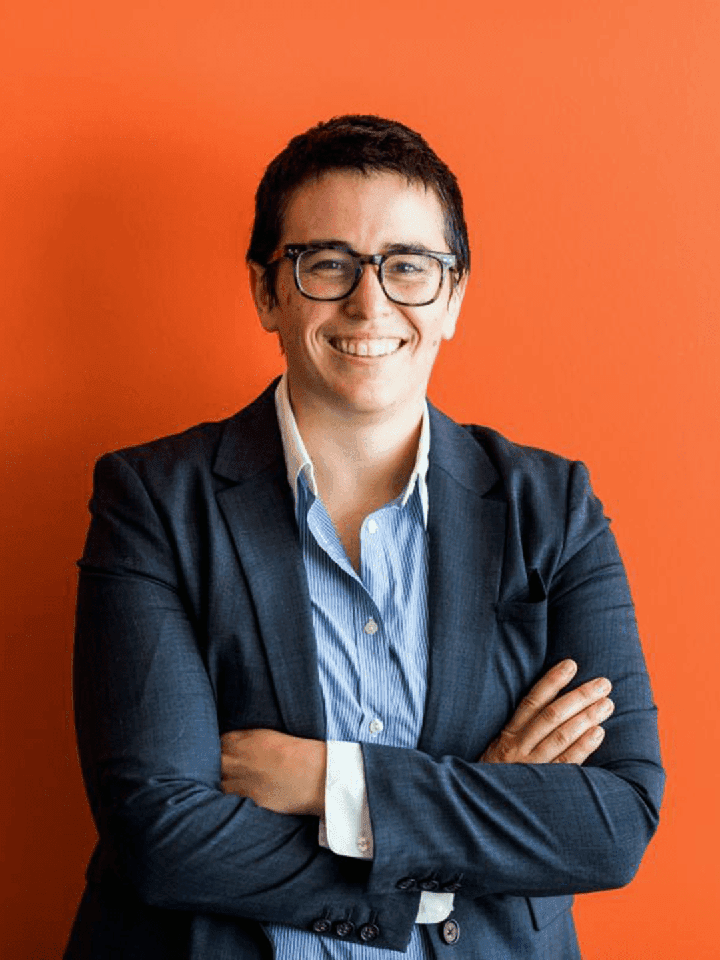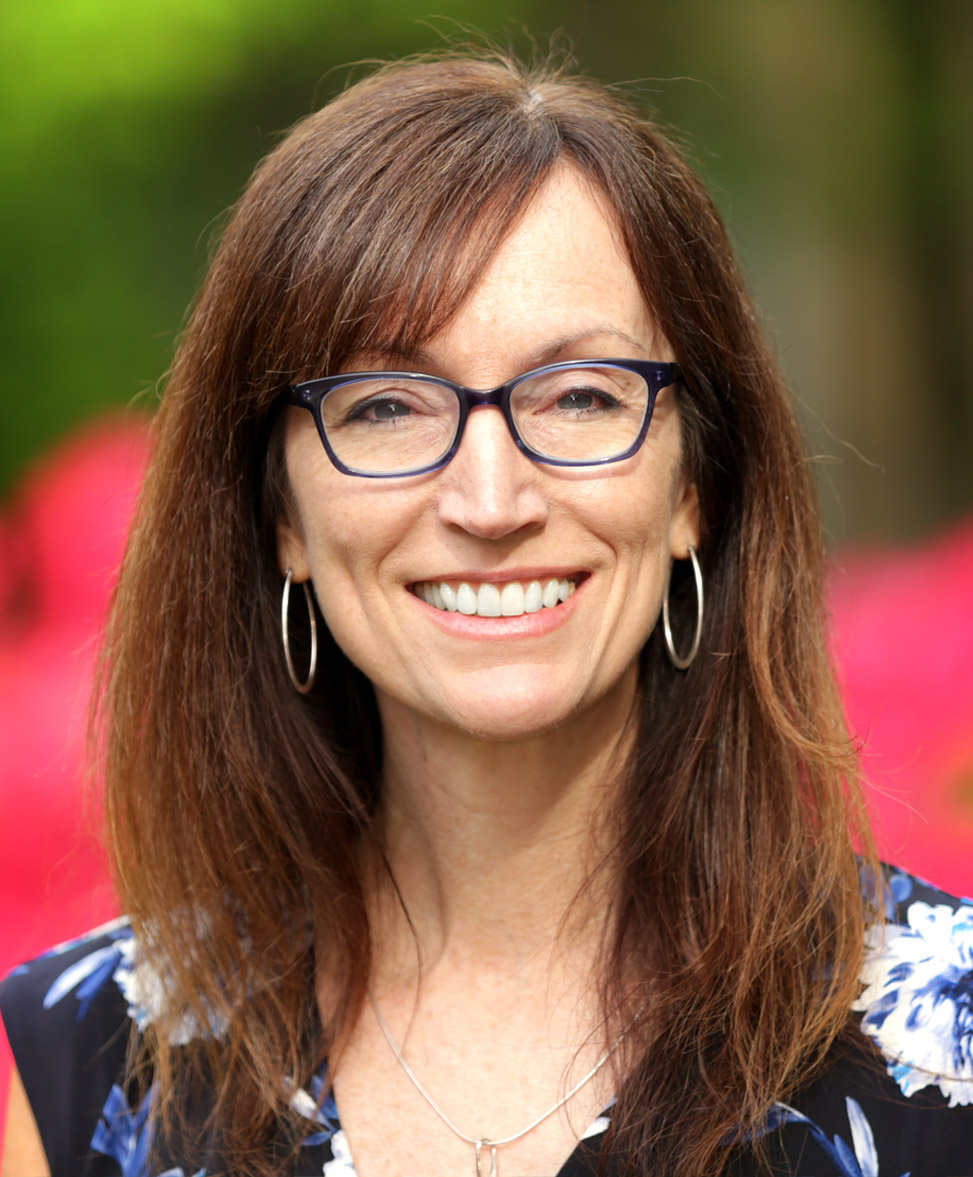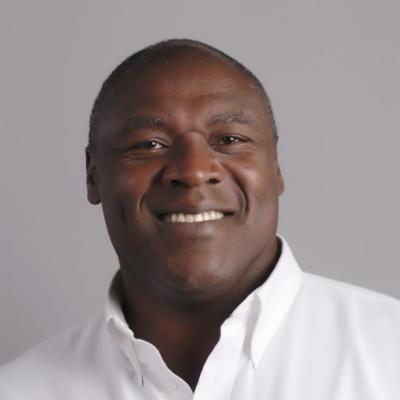

Department Seminar
Tuesday, June 13, 3:30 - 4:30pm, WEL 2.122
Associate Professor
University of Cincinnati
Abstract: Communication between the nervous system and immune system is vital for maintaining health yet remains difficult to probe with precise temporal and spatial resolution. Our lab develops electrochemical and microfluidic methods, to close this critical gap in measurement science. Specifically, we have developed new electrochemical methods and electrode materials for fast-scan cyclic voltammetry (FSCV) detection which have enabled us to expand these tools to new analytes involved in neuroimmune communication and other analytes previously not studied with real-time electrochemical techniques. FSCV is a classic electroanalytical technique most often used in the brain to study neurotransmitter signaling on a 100-ms timescale; however, our lab has pushed the boundaries of this technique by expanding its use to study neurochemical events in immune organs like the lymph node. In addition, combining FSCV with microengineered platforms has provided us an experimental platform to probe neurotransmitter signaling in multiple organs simultaneously ex vivo during communication. This talk will highlight some of our recent work in this area on method development and the application of these methods to study new biology.
Organic Student-Hosted Seminar Series
Thursday, June 1, 3:30 - 4:30pm, WEL 2.122
Assistant Professor
MIT
Abstract: Selective isomerization reactions are valuable tools for the positional and stereochemical interconversion of functional groups. Catalytic isomerizations are frequently governed by thermodynamic control, enabling predictable access to product distributions defined by the stability of starting and product isomers, but limiting opportunities for tunable control. Here, we describe a mechanistic framework to achieve kinetically controlled, contra-thermodynamic isomerization reactions in diverse synthetic contexts. Our work explores how the strategic application of these reactions in a late stage setting can facilitate the construction of complex organic molecules.
Organic Seminar: Vista Chemical Company Regents Endowed Memorial Lectureship in Organic Chemistry
Friday, May 19, 3:30 - 4:30pm, WEL 2.122
Professor
University of Pennsylvania
Abstract: Many organic reactions are mechanistically driven by two-electron processes. Although such methods are highly effective for a vast number of transformations, there are still many such conversions that have proven challenging or that suffer from harsh reaction conditions or intolerance of sensitive functional groups. The limitations of such transformations are often inherent to the mechanism of these processes at the most fundamental level, and thus predispose many of these reactions for failure. Processes transpiring via single electron mechanistic paradigms have promise to resolve some of the limitations. Described will be our efforts to develop a suite of radical precursors generated by photoredox chemistry, and the incorporation of these radicals in diverse carbon-carbon and carbon-heteroatom bond-forming transformations, emphasizing the tolerability of the developed conditions to an unprecedented array of functional groups. The value of generating radicals in a process that is synchronized and catalytic will be emphasized. Sequential transformations and multi-component reactions based on radical chemistry will be outlined, both in dual catalyzed processes and in radical/polar crossover processes where a subsequent catalytic transformation is not utilized. Applications of methods developed to DNA Encoded Library synthesis will be presented.
Analytical & Physical and Inorganic Seminar
Thursday, May 4, 3:30 - 4:30pm, WEL 2.122
Professor
University of Colorado Boulder
Abstract: Amongst other applications, near-IR sensitized triplet-triplet annihilation upconversion (TTA-UC) to visible light offers opportunities to increase efficiencies in solar cell devices by converting sub-bandgap photons to usable wavelengths. For practical implementation, solid-state or non-diffusive TTA-UC materials are likely needed, and one strategy is to engineer trap sites that can negotiate the TTA photophysics. In this context, dimers are appealing. However, design rules for how systems can exploit useful excited-state pathways against loss processes are poorly understood. In this talk I will discuss how structurally well-defined chromophore dimers enable a deeper understanding of factors controlling multiexciton dynamics. Interrogations of singlet fission while removing conformational heterogeneity is valuable in its own right but also serves to inform our understanding about the microscopic reverse that is tied to triplet-triplet annihilation upconversion. I will discuss recent measurements on a new rigid acene dimer prepared using catalytic norbornene annulation chemistry, where we observe significant yield improvements against monomer models. Time-resolved EPR measurements on related singlet fission dimer molecules support the idea that controlling multiexciton dynamics in triplet-pair states is an important strategy.
Organic and ChemBio Seminar
Friday, April 28, 3:30 - 4:30pm, WEL 2.122
Professor
University of North Carolina
Abstract: Post-translational modification of histone proteins, including lysine methylation and acylation, regulates gene expression through recruitment of reader proteins to the nucleosome. Dysregulation of these events is prevalent in a wide range of diseases, such that there is much interest in characterizing these modifications and their binding partners as well as developing inhibitors for these protein-protein interactions. I will discuss strategies such as Genetic Code Expansion to study these protein-protein interactions that are mediated by post-translational modifications and to develop new tools to sense them.
Analytical & Physical Seminar
Thursday, April 27, 3:30 - 4:30pm, WEL 2.122
Professor
USC
Abstract: Controlling the chemical microenvironments at an interface is a central goal of surface chemistry and more specifically electrochemistry. The interface is known to behave quite differently from the bulk, both in its physical and chemical properties. A quantity of central importance in electrochemistry is the interfacial electric field, which is closely related to the double layer structure. The interfacial fields act as polarizing agents for catalyzing reactions and are important for selectivity, ion transport, and lowering charge transfer barriers. We use vibrational Stark shift spectroscopy to measure such fields in an array of complex environments including the interface between electrodes and solvents, surfactants, and ionic liquids. Using these vibrational probes, we answer questions such as: How is the dielectric solvation different at the interface? How is proton transfer affected by the solvent and the interfacial field? How can one tailor and engineer the interfacial fields for specific purposes? These are some of the fundamental questions that we will focus on answering and will highlight their relevance to modern challenges in electrochemistry.
Inorganic Seminar
Wednesday, April 26, 3:30 - 4:30pm, WEL 2.122
Professor
University of Georgia
Abstract: Our laboratory has long pursued the synthesis, structure, and reactivity of unusual molecules that prominently feature main group elements. These efforts resulted in several important discoveries including the experimental realization of “metalloaromaticity" (the concept that metallic rings may also display traditional aromatic behavior as exhibited by benzene), the first example of a molecule containing a triple bond between two main group metals (the gallium analog of acetylene), and the first compound containing a boron-boron double bond—the first “diborene”. Recent research efforts have concerned N-heterocyclic carbene stabilization of highly reactive main group molecules such diphosphorus (P2), diarsenic (As2), and disilicon (Si2). Furthermore, we have utilized carbene-stabilization to trap elusive main group oxides such as Si2O4 and P2O4. This presentation will prominently feature our recent efforts to augment the molecular template of N-heterocyclic carbenes and their unexpected conversion to stable dithiolene-based chemical radicals. These novel radicals have shown promise in the activation of small molecules, such as ammonia.
Analytical & Physical and ChemBio Seminar
Tuesday, April 25, 3:30 - 4:30pm, WEL 2.122
NIH
Protein Conformation and Dynamics
Abstract: Amyloids are chemically diverse and the number of known human amyloid proteins continues to increase. There are over 30 human proteins that form amyloid fibrils associated with diseases including Parkinson (PD) and amyotrophic lateral sclerosis (ALS). The insoluble, non-crystalline nature of fibrils precludes the use of many traditional characterization methods, and standard techniques lack sensitivity to detect structural differences in fibril polymorphs, an emerging feature that may underlie pathogenicity. To address these challenges, we are developing experimental methods to identify structural features that determine the pathological consequences of amyloid formation. In this talk, I will present our work on two amyloidogenic proteins, α-synuclein (α-syn) and the C-terminal domain (CTD) of TAR DNA-binding protein 43 (TDP-43CTD), which are related to PD and ALS, respectively. I will describe the utilization of a method called cellular unroofing, which provides direct access to the cytosolic membrane. In combination with fluorescence lifetime imaging and site-specific labeling, we demonstrated that a multitude of α-syn conformers exist on the cytoplasmic membrane. These results challenge the current structural models of membrane-bound α-syn, emphasizing the need for more biologically relevant models to fully understand protein-lipid interactions. I will also discuss the development of Raman spectral imaging to obtain structural insights into TDP-43CTD liquid-liquid phase separation (LLPS) in vitro. LLPS is a biological phenomenon, wherein a metastable and concentrated droplet phase of biomolecules spontaneously forms, and LLPS of proteins is hypothesized to be linked to amyloid formation. Raman spectroscopy provides a method for direct secondary structural characterization of TDP-43CTD within droplets over time, enabling identification of β-sheet formation that is indicative of amyloid structure. Finally, I will show the coupled use of Raman spectral imaging with a genetically encoded Raman probe, 4-ethynyl-L-phenylalanine (FCC), in α-syn. The alkyne stretch of FCC provides a spectrally unique molecular vibration free of interference from native biomolecules, allowing studies of α-syn fibrils in cellulo. Raman spectra of internalized fibrils exhibit frequency shifts and spectral narrowing relative to in vitro fibrils, highlighting the environmental sensitivity of the alkyne vibration. Through our collective work, we are developing a chemical understanding in how specific biomolecular interactions and cellular environments modulate protein structure and aggregation propensity.
Organic Seminar
Monday, April 24, 3:30 - 4:30pm, WEL 2.122
Assistant Professor
Rutgers University
Abstract: Nanoporous materials, such as MOFs, COFs, and discrete nanocages, are increasingly targeted as tunable supports for molecular electrocatalysts. The pores of these materials provide new opportunities for tuning catalytic activity but also raise challenging mechanistic questions since the confined pore environment must rearrange to accommodate the movement of charge during electrocatalytic processes. This talk will describe the development of porphyrin-walled nanocages as soluble model structures for examining how nanoconfined environments respond to redox changes. These cages exhibit rich redox-responsive host-guest chemistry that was used to probe proton-coupled and other cation-coupled redox processes in these structures, providing insights about how key steps of electrocatalytic transformations might be altered in nanoporous materials. The reactivity and catalytic activity of metal sites embedded in the walls of the cages will also be discussed, especially the CO2 reduction activity of easily synthesized cages developed by the Lipke group. Time permitting, the redox behavior, electronic structure, and physical properties of electronically delocalized cobalt complexes will be described, with a focus on how these complexes might be useful for developing self-assembled conductive materials.
Organic and ChemBio Seminar
Distinguished Alumni Lecture
Friday, April 21, 3:30 - 4:30pm, WEL 2.122
Professor
Tulane University
Abstract: The construction of controllable molecular- and nano-machines that function in aqueous/biological media is an important endeavor, with potential practical applications in biosensing, theranostics, and computing. In terms of well-controlled systems and assemblies that function in water, DNA nanotechnology has led the way due to the programmability of DNA architectures using simple base-pairing rules. In this talk, we describe how synthetic host-guest chemistry can be judiciously combined with DNA nanotechnology to generate novel systems with potential photonic, therapeutic, and diagnostic applications. We begin by discussing the synthesis and development of various macrocycle-DNA conjugates that have enhanced fluorescence properties or are activated via specific biological inputs, including nucleic acid sequences and small biomolecules (such as ATP). In the second half of the talk, we introduce a novel method of strand displacement that functions via host-guest interactions, using a cucurbit[7]uril-DNA conjugate. We will also illustrate how such a synthetic strand displacement process can be (a) finely controlled and (b) integrated into functional devices (that control protein activity and layered reactions that detect specific microRNA). Time permitting, we will provide insight into the new directions that the laboratory is pursuing.
Organic and ChemBio Seminar
Distinguished Alumni Lecture
Friday, April 21, 3:30 - 4:30pm, WEL 2.122
Professor
University of Tennessee Knoxville
Abstract: Liposomal nanocarriers are effective for the encapsulation and delivery of a wide range of therapeutic cargo in a manner that improves drug pharmacokinetic properties. However, liposome therapeutic properties could be advanced by enhancing control over cell delivery as well as cargo release. This presentation will describe the development of stimuli-responsive liposomes designed to achieve both of these goals. One approach employs synthetic lipid switches engineered to modulate lipid membrane properties upon contact with disease-associated conditions, such as through programmed chemical reactions and/or conformational changes. In particular, we will focus on encapsulated cargo release triggered by the binding of chemical agents/molecules that are commonly upregulated in diseased cells. A second strategy involves chemically triggering of cell entry. In this design, liposomes are masked as neutral carriers until they encounter stimuli that generate cationic lipids, thereby activating cell entry. The presentation will include the design and synthesis of stimuli-responsive lipid switches, analysis of selectivity of cargo release in the presence of different stimuli, investigation of changes to liposome membrane properties, and evaluation of cellular delivery properties triggered by disease-associated stimuli.
Seminar tabs are listed in the order of upcoming dates, followed by past seminars (most recent first).

This work is licensed under a Creative Commons Attribution-NonCommercial 4.0 Generic License.